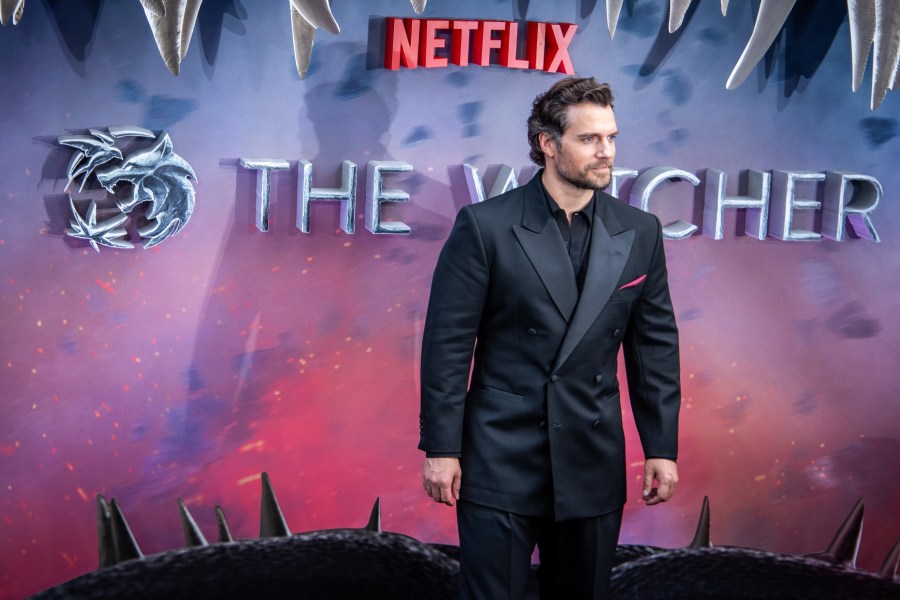What does it take to train top actors for their roles? And why is injury prevention so important? Luke Worthington, personal trainer to the stars explains
If you asked most people what the number one priority should be when preparing an actor for a film role, the answers would probably include muscle gain, fat loss, or looking more athletic. And the logic makes sense. Film is a visual medium, and the way a character looks on screen is a key part of the storytelling.
Well, you may be surprised to hear that the most important consideration in any film preparation or transformation project is not the aesthetic. It is injury prevention.
An actor cannot reach their aesthetic target if they are missing workouts through injury, illness, or even just soreness.
If injuries are significant, they can put the production itself at risk. Delays, reshoots, or cancelled days cost money and affect entire teams.
Actor availability
The first priority in film preparation is always to keep the actor available. Dramatic transformations are possible, and often necessary, but never at the expense of health.
In film preparation the deadlines are fixed, and often set months in advance; the actor has to be ready on that date. The trainer’s role is to achieve the best possible result in the time available. That means making the most of every single training opportunity and that means getting a training effect from the very first session.
There is no room to waste time learning complex exercises that may look good online but may place the performer at a greater risk. The question I am constantly asking is: can we get the same, similar, or even better result with a simpler and safer alternative?
If the answer is yes, then that is always the better choice.
We cannot afford missed sessions through injury, illness, or even just excessive soreness. Every lost workout means less progress, and with a fixed deadline, it reduces what is possible.
To navigate that, every programme I build starts with a thorough assessment of mechanics, anthropometry, movement ability, and training history. This tells me not only what they can safely do, but also how their body will respond to different types of stress.

Only once I know the individual’s specific profile can I design the right schedule, structure, exercise selection, and exercise modification to fit them.
The programme should always fit the client, not the other way around.
From there Risk vs Reward has to guide every training decision. This is true of any training plan, but in film preparation it is vital. Push hard enough to create the best possible results, but not so hard that you jeopardise availability. If we get this wrong the consequences can be serious. It might mean a compromised end result; it might mean a performer losing an opportunity; in the worst cases it can jeopardise entire productions.
The question is simple: what is the smallest possible risk I can take to achieve the greatest possible return? That is the sweet spot. Complex or punishing workouts might look impressive, but complexity for its own sake is not only unnecessary, it is actively harmful in this context. We cannot afford wasted sessions, and we cannot afford the setback of an injury.
Shine on screen
The idea that ‘hardcore’ training is automatically better is a misconception. The goal is not to impress in the gym. The goal is to be at your best on screen, that requires consistency, and consistency requires availability.
If a simpler, safer alternative can achieve the same or better result, that is always the smarter choice.
The later stages of preparation often overlap with the start of filming, especially for action roles. Workload management is therefore even more critical – a performer who is stiff, sore, or nursing a minor injury is not going to give their best performance. At this stage we can think of managing training load as similar to that of team sport athletes ‘in season’: The training is still hard and targeted, but it is carefully balanced with the demands of performance. The aim of the trainer is to keep the performer able to do their job to the best of their ability.
An expression I use with clients all the time is: “The goal is to keep the goal, the goal.”
Hitting a deadlift PB, running your fastest 5k, or learning a new technique are all worthwhile outcomes of training, but if the aim is to look a certain way by a certain date they become distractions – and sometimes costly ones.
Film preparation demands dedication, sacrifice, and specialised instruction, but above all it requires focus.
The same principle applies outside of film. If your objective is to get leaner, to build muscle, or to simply move and feel better, you need clarity of purpose. Choose the methods that move you directly toward that outcome – and resist the temptation to chase distractions that carry more risk than reward.
Flashy lifts might get attention on social media, but if they derail your ability to train consistently, they will only pull you further from the result you want.
In film preparation the cost of getting this wrong can be enormous, with delays that affect entire productions (not to mention costing lots of money!). In everyday life it might mean falling short of your goals, getting hurt, or giving up altogether. Either way, the principle holds true: build your training around your body, your timeframe, and your objective, and do everything possible to stay available for the work. That is what guarantees the best possible result.
• Luke Worthington is a personal trainer specialising in the physical preparation of leading actors with major studios including Marvel, Lucasfilm, AmazonMGM, and Netflix, as well as numerous independent productions.








